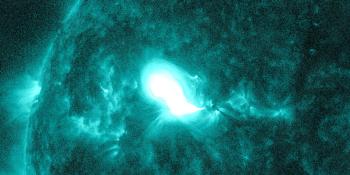M1.5 solar flare and minor filament CME incoming
Sunday, 14 September 2014 07:28 UTC
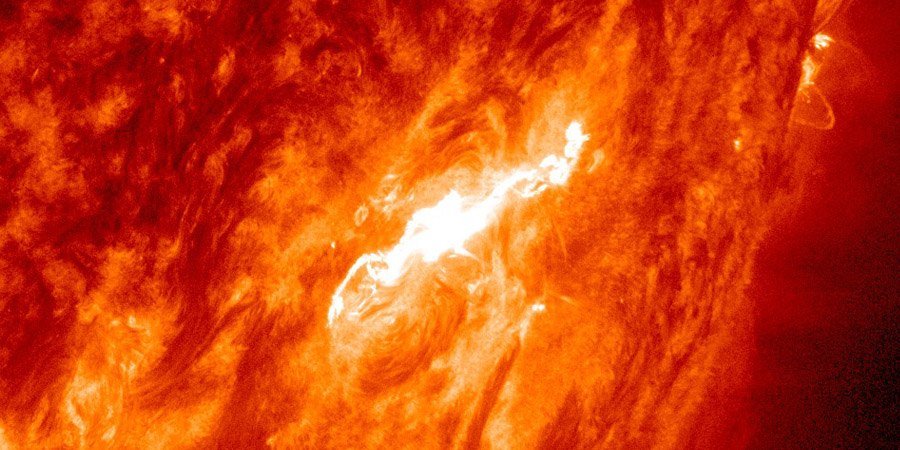
Sunspot region 2157 is decaying rapidly but it still found the energy for a minor M-class solar flare: M1.57 at 02:16 UTC. There was also a filament eruption back on September 12 which might have launched a Coronal Mass Ejection towards Earth.
M1.5 solar flare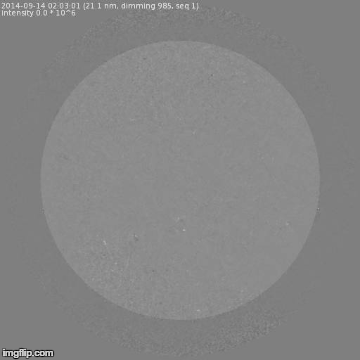
Coronagraph imagery from STEREO Behind (image below) shows that the solar flare is associated with a faint Coronal Mass Ejection. SDO/AIA 211 difference footage (image above) seems to confirm this. We are waiting for coronagraph imagery from SOHO to see if there is an Earth-directed component but it is likely that the CME is directed away from Earth if you consider the location of the solar flare which occured at S14W53. More information will be added to this post when available.
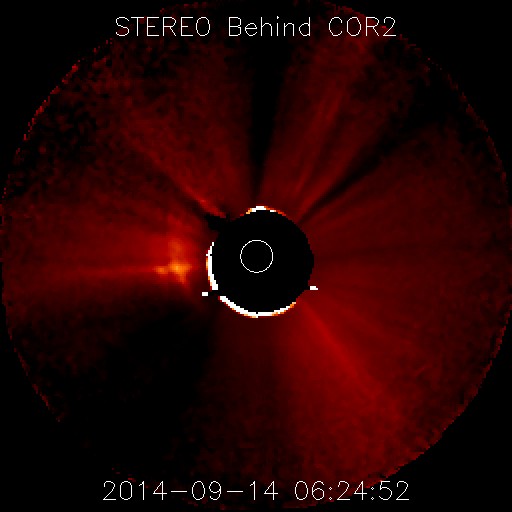
LASCO available - Added 17:15 UTC
SOHO/LASCO imagery is now available. It shows that the M1 solar flare from this morning launched a Coronal Mass Ejection (CME) that is heading west and away from Earth.
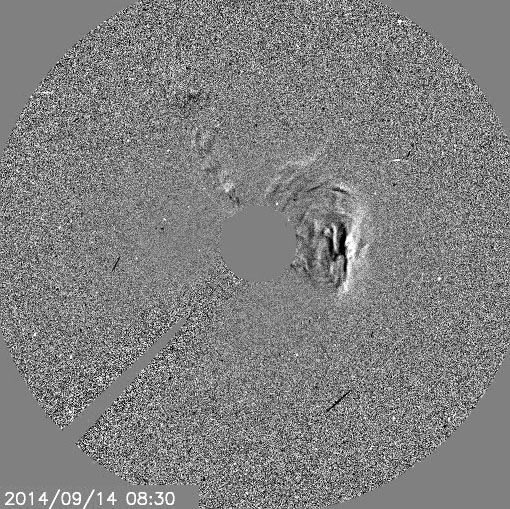
12 September filament eruption
Another event that slipped under the radar was a filament eruption back on the 12th. This eruption took place at the same time as a large farside eruption which makes analysing the associated Coronal Mass Ejection rather difficult. There is a faint halo to be seen but it is highly unsure wether this came from the front side or the far side or if it is perhaps a combination of both the front side and the far side eruption. Nevertheless, considering that this filament eruption occured near the center of the earth-facing disk and there does seem to be some material being ejected at Earth when viewing SDO footage, we can not exclude that there is indeed some ejecta on the Sun-Earth line. The image below is a coronagraph image from LASCO which clearly shows a large far side Coronal Mass Ejection which almost completely obscures the much fainter front side eruption.
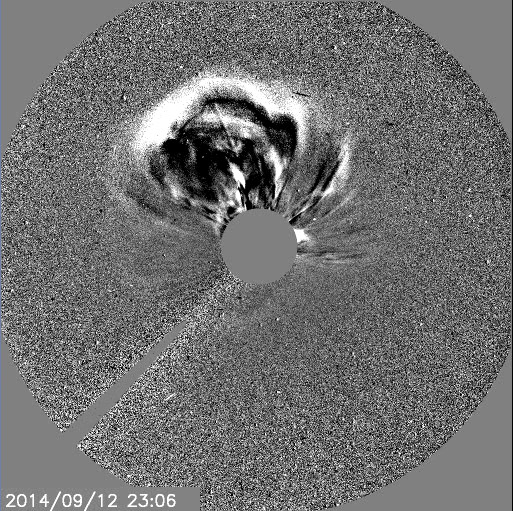
The NOAA SWPC is calling for a minor impact in combination with a coronal hole high speed stream late on September 16. Geomagnetic storming is not predicted at this time but high latitude sky watchers should again be alert for possible enhanced auroral conditions in the days ahead.
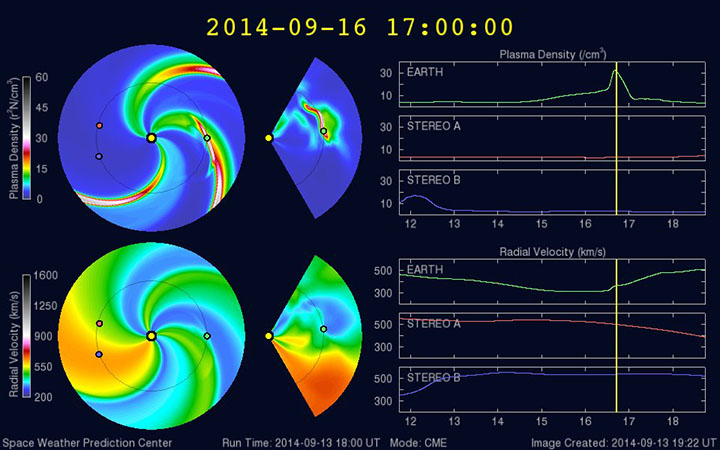
Thank you for reading this article! Did you have any trouble with the technical terms used in this article? Our help section is the place to be where you can find in-depth articles, a FAQ and a list with common abbreviations. Still puzzled? Just post on our forum where we will help you the best we can!
Latest news
Latest forum messages
Support SpaceWeatherLive.com!
A lot of people come to SpaceWeatherLive to follow the Sun's activity or if there is aurora to be seen, but with more traffic comes higher server costs. Consider a donation if you enjoy SpaceWeatherLive so we can keep the website online!

Space weather facts
| Last X-flare | 2024/11/06 | X2.39 |
| Last M-flare | 2024/11/25 | M1.9 |
| Last geomagnetic storm | 2024/11/10 | Kp5+ (G1) |
| Spotless days | |
|---|---|
| Last spotless day | 2022/06/08 |
| Monthly mean Sunspot Number | |
|---|---|
| October 2024 | 166.4 +25 |
| November 2024 | 145.2 -21.2 |
| Last 30 days | 156.1 +6.1 |


